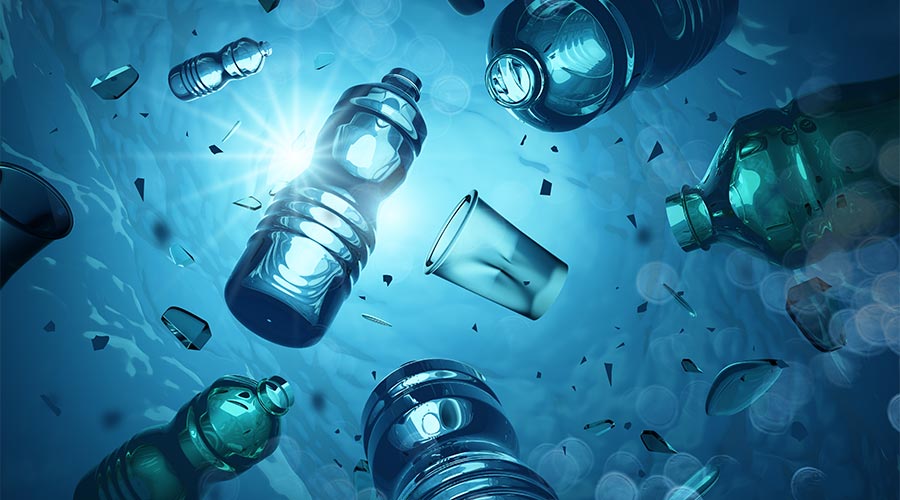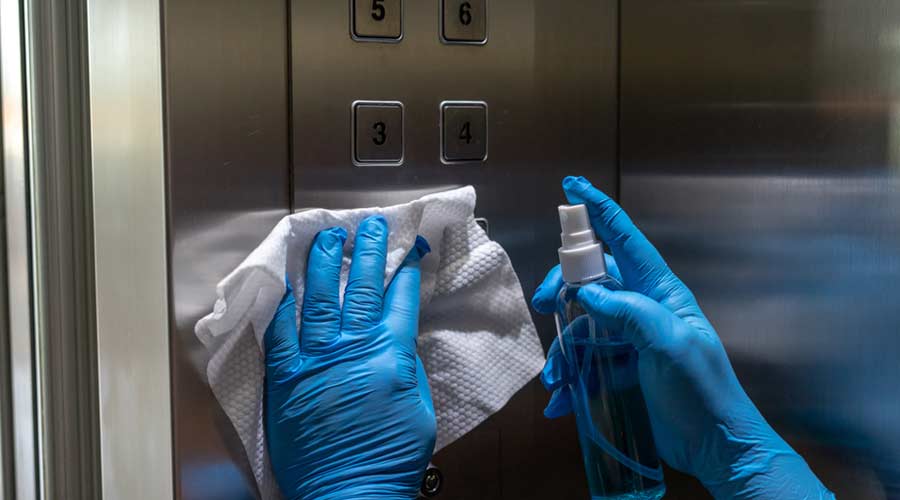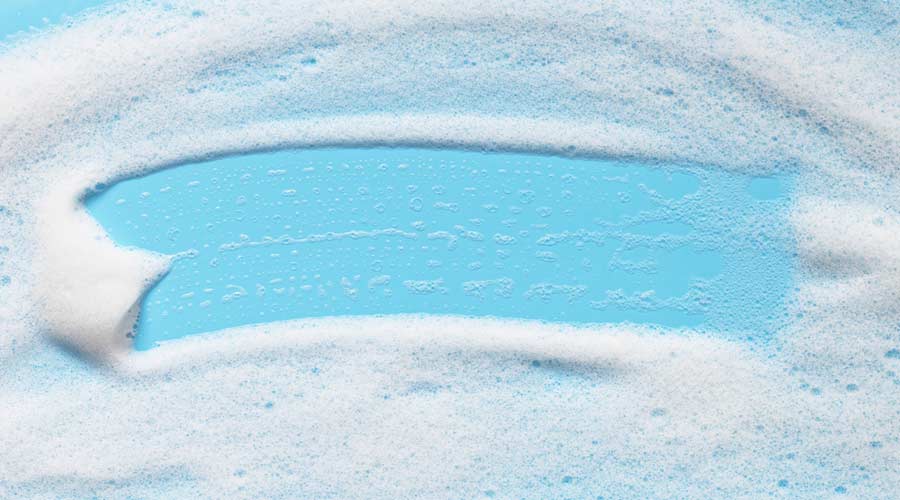
The Department of Toxic Substances Control (DTSC) released a rulemaking package that proposes to add microplastics to the Candidate Chemicals List, which would allow it to identify consumer products containing or generating microplastics for future evaluation and possible regulation as "priority products." A priority product is a consumer product that contains one or more candidate chemicals that have the potential to harm people or the environment, and that has been formally listed in the California Code of Regulations through rulemaking.
In commercial cleaning, microplastics can be found in products such as microfiber cloths and floor pads. Learn more about the environmental impacts of these products here.
Microplastics are pervasive, persistent, and increasingly linked to potential risks to human health, wildlife and the environment, according to DTSC. They have been found in nearly every corner of the planet, including oceans, soil, indoor air, and even on the highest mountain peaks. They also have been detected in human blood, placenta, lung tissue, and stool samples. Many species mistake microplastics for food, resulting in impaired survival and reproduction. More than 180 species, including humans, are exposed to microplastics on a regular basis through inhalation, ingestion, or dermal contact.
"The science is clear: microplastic pollution poses a growing threat to our environment, our health and our planet," says DTSC Director Katherine Butler. "Adding microplastics to the Candidate Chemicals List is the first step to finding safer alternatives to these substances that are found just about everywhere on Earth."
In addition to human health and wildlife concerns, microplastic pollution carries a growing economic burden. In 2024 alone, California communities spent over $428 million on plastic cleanup and control efforts, according to DTSC. Between 2016 and 2019, the doubling of marine debris in Orange County led to $414 million lost in tourism spending and the loss of over 4,300 jobs. In California, the healthcare costs linked to plastic-associated chemicals are projected to exceed $144 billion by 2025.
Although adding microplastics to the Candidate Chemicals List does not regulate any products, it paves the way for the Safer Consumer Products Program to propose ways to require manufacturers of these products to assess the necessity of microplastics and consider safer alternatives to make their products.

 Celebrating BSCAI's 60th Anniversary eBook
Celebrating BSCAI's 60th Anniversary eBook The Down and Dirty on Cleaning in Virus Season
The Down and Dirty on Cleaning in Virus Season How Surfactant Use is Expanding in Commercial Cleaning
How Surfactant Use is Expanding in Commercial Cleaning